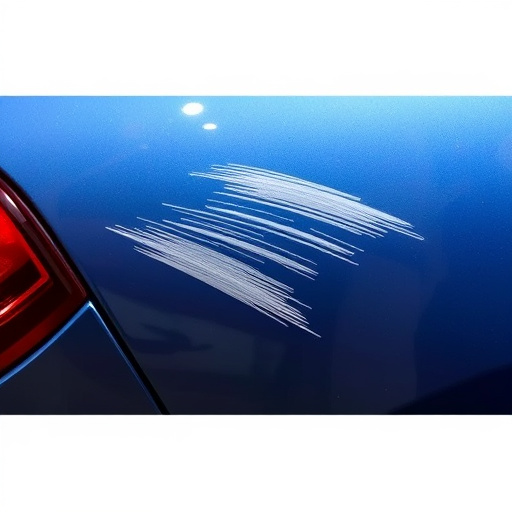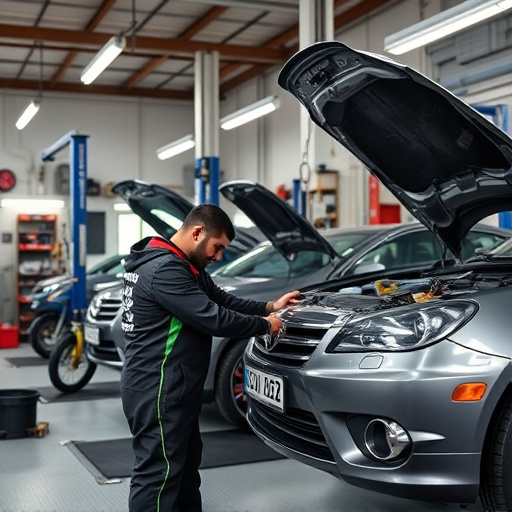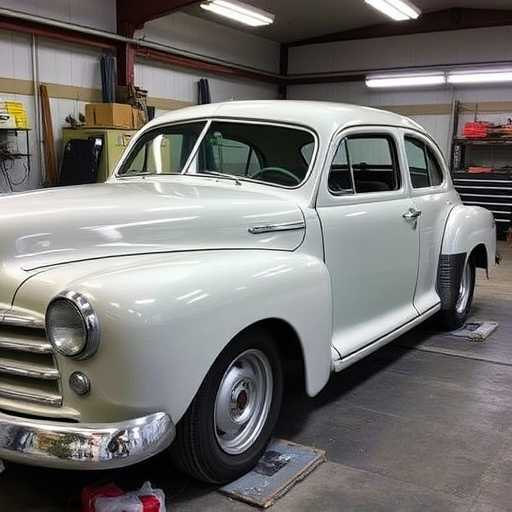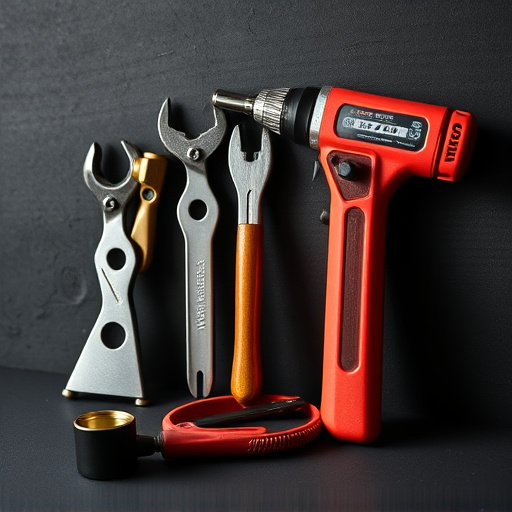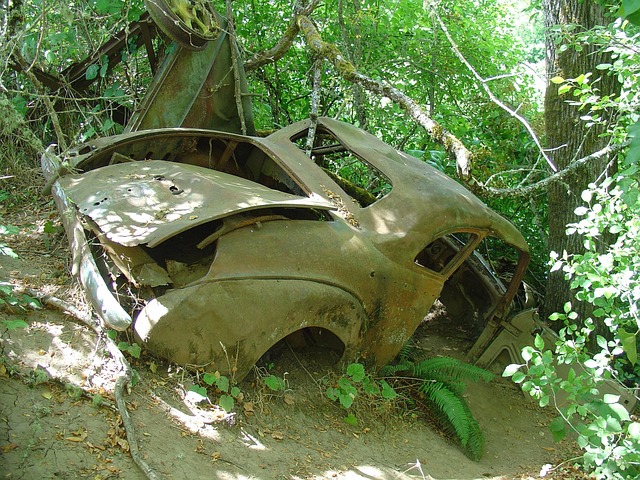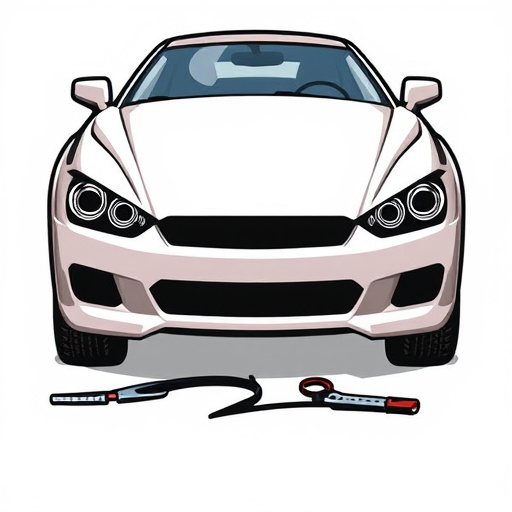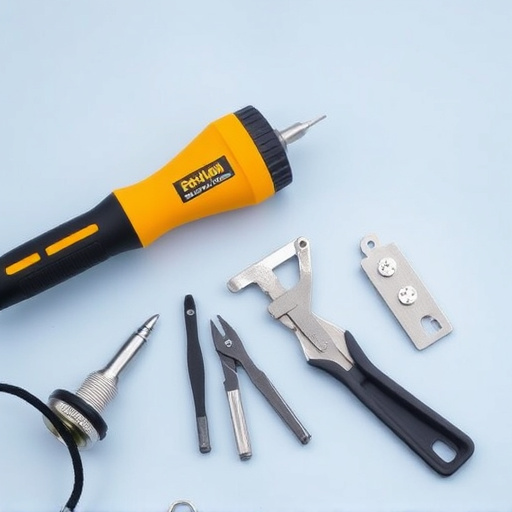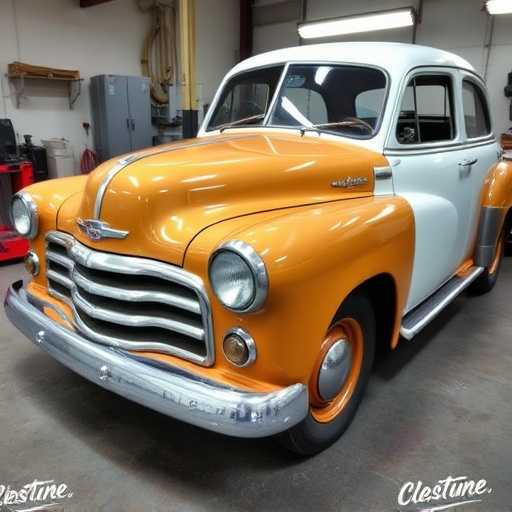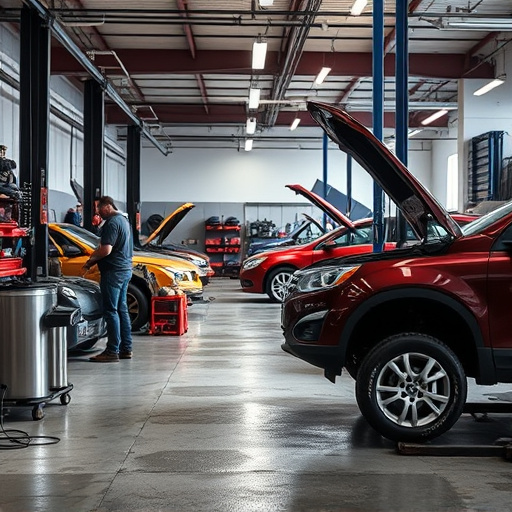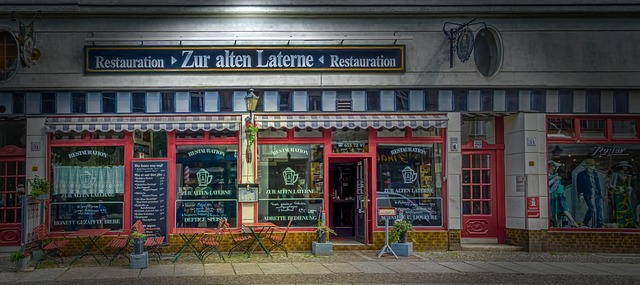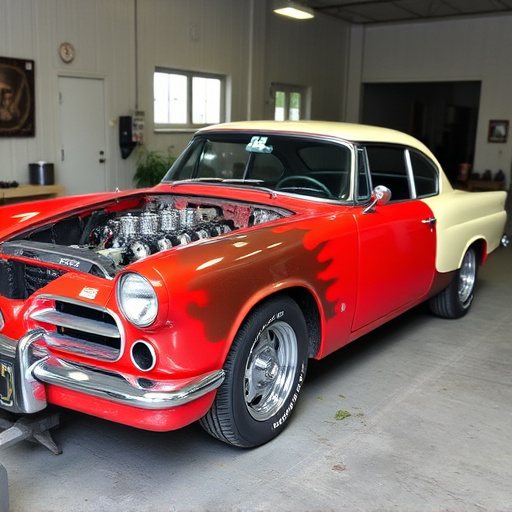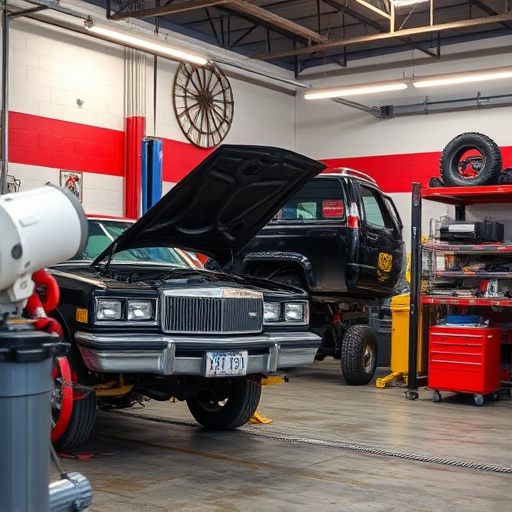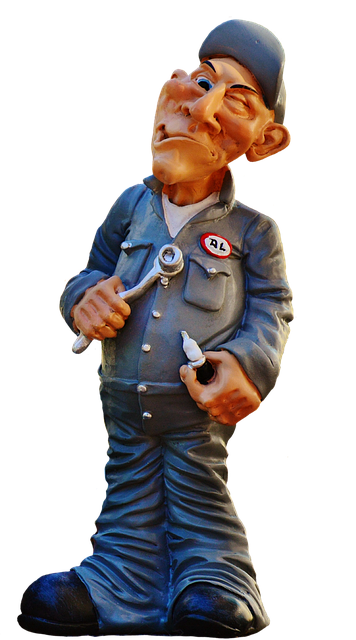Antique auto restoration is a specialized art demanding technical expertise and period-specific knowledge to repair vintage vehicles. Effective training includes interactive workshops, multimedia resources, and access to historical data. Continuous practice, feedback, and mentorship are crucial for mastering intricate restoration techniques, preserving historical integrity, and ensuring accurate recreation of era-specific features.
Training technicians to master antique auto restoration is essential to preserving historical vehicle heritage. This article explores effective strategies for equipping professionals with the skills needed to revive vintage cars accurately. We delve into understanding the unique requirements of antique auto restoration, discussing suitable training methods and emphasizing the critical role of practice and feedback in achieving meticulous results. By adopting these techniques, restorers can ensure the authenticity and value of restored antiques.
- Understanding Antique Auto Restoration Requirements
- Effective Training Methods for Technicians
- Ensuring Accuracy Through Practice and Feedback
Understanding Antique Auto Restoration Requirements
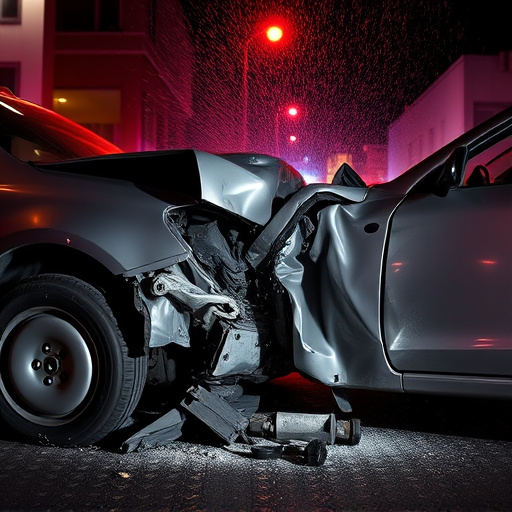
Antique auto restoration is an art that requires a deep understanding of the unique needs and challenges associated with these vintage vehicles. Each antique car has its own distinct character, built with specific materials and engineering, often requiring specialized techniques for repairs. Technicians must be adept at identifying original parts, understanding the historical context, and employing period-appropriate methods to restore them to their former glory.
Training should encompass a comprehensive view of antique auto restoration, from assessing damage, such as meticulous dent removal on delicate body panels, to replicating intricate details that set these vehicles apart. Given the specialized nature of luxury vehicle repair for antiques, technicians must be equipped with skills in various aspects of vehicle repair, ensuring they can handle both common issues and rare complexities that may arise during the restoration process.
Effective Training Methods for Technicians
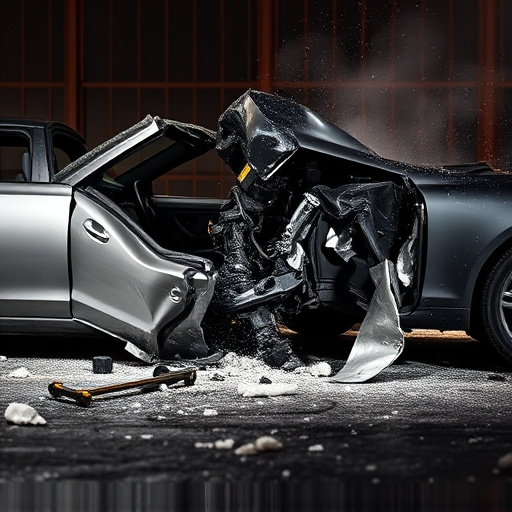
Effective training methods for technicians involved in antique auto restoration are crucial to ensuring the accuracy and quality of the work. Interactive workshops and hands-on experiences top the list, allowing technicians to gain practical knowledge and develop their skills through direct manipulation of vintage vehicles. These sessions should cover various aspects of antique auto restoration, from meticulous paint jobs and intricate detailing to specialized auto body services and tire services tailored for classic cars.
Incorporating multimedia resources such as detailed tutorials on video platforms and digital simulation tools can further enhance the learning process. Such resources enable technicians to study restoration techniques at their own pace, revisiting complex procedures as needed. Moreover, providing access to a vast library of historical vehicle data, including schematics and original repair manuals, ensures that restorers stay true to the era-specific characteristics of each antique auto they encounter.
Ensuring Accuracy Through Practice and Feedback
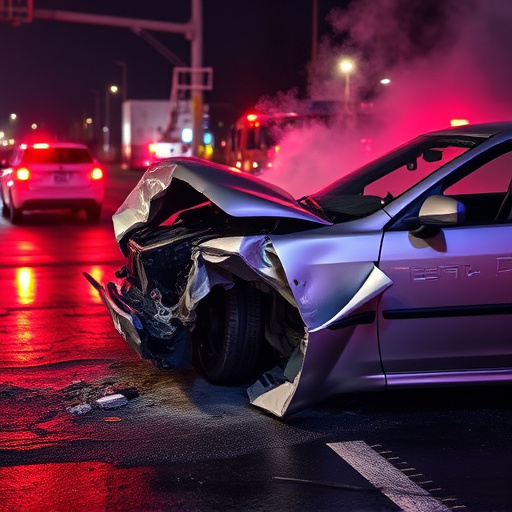
In the pursuit of mastering antique auto restoration, practice is paramount. Technicians must engage in repeated exercises to hone their skills, ensuring each stroke, each measurement, and each technique aligns precisely with the original craft. This hands-on approach allows them to develop an intuitive understanding of the intricate details that define these classic vehicles.
Feedback plays a crucial role in this process. Mentors and experienced restorers provide guidance, pointing out even the slightest deviations from authenticity. By incorporating this feedback into their practice routine, technicians can refine their work continuously. This iterative learning process is what distinguishes meticulous antique auto restoration, where every element must be perfect to preserve the car’s historical integrity, much like meticulously repairing a dent in an old classic, whether it’s through collision repair services or more specialized dent removal techniques.
Accurately restoring antique autos requires a deep understanding of their unique needs and proven training methods. By combining theoretical knowledge with practical, hands-on experience, technicians can master the delicate techniques involved in antique auto restoration. Continuous practice and constructive feedback are essential to achieving precision and ensuring these treasured vehicles are restored to their former glory. Embracing effective training strategies is key to preserving the rich history of antique automobiles.
